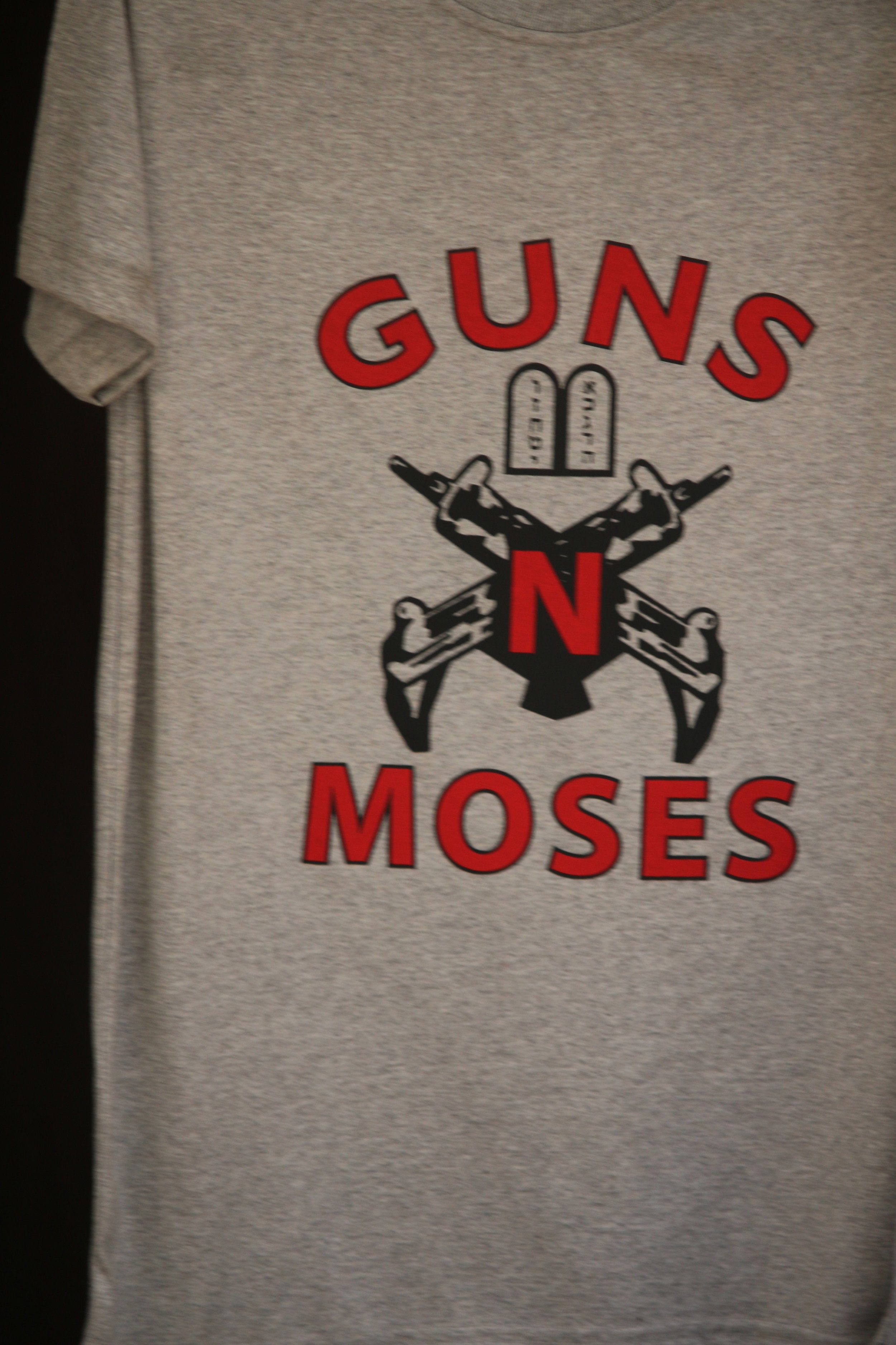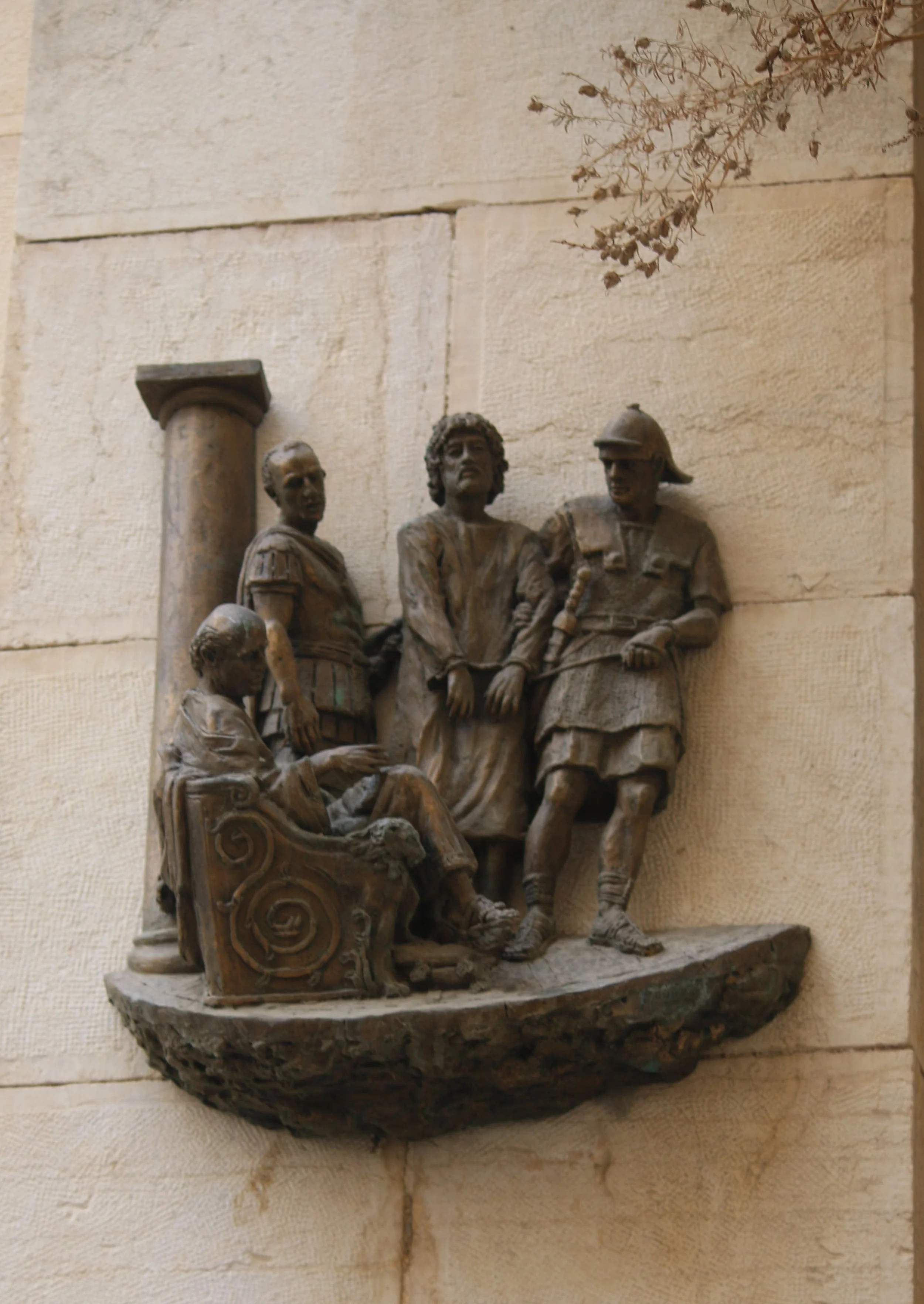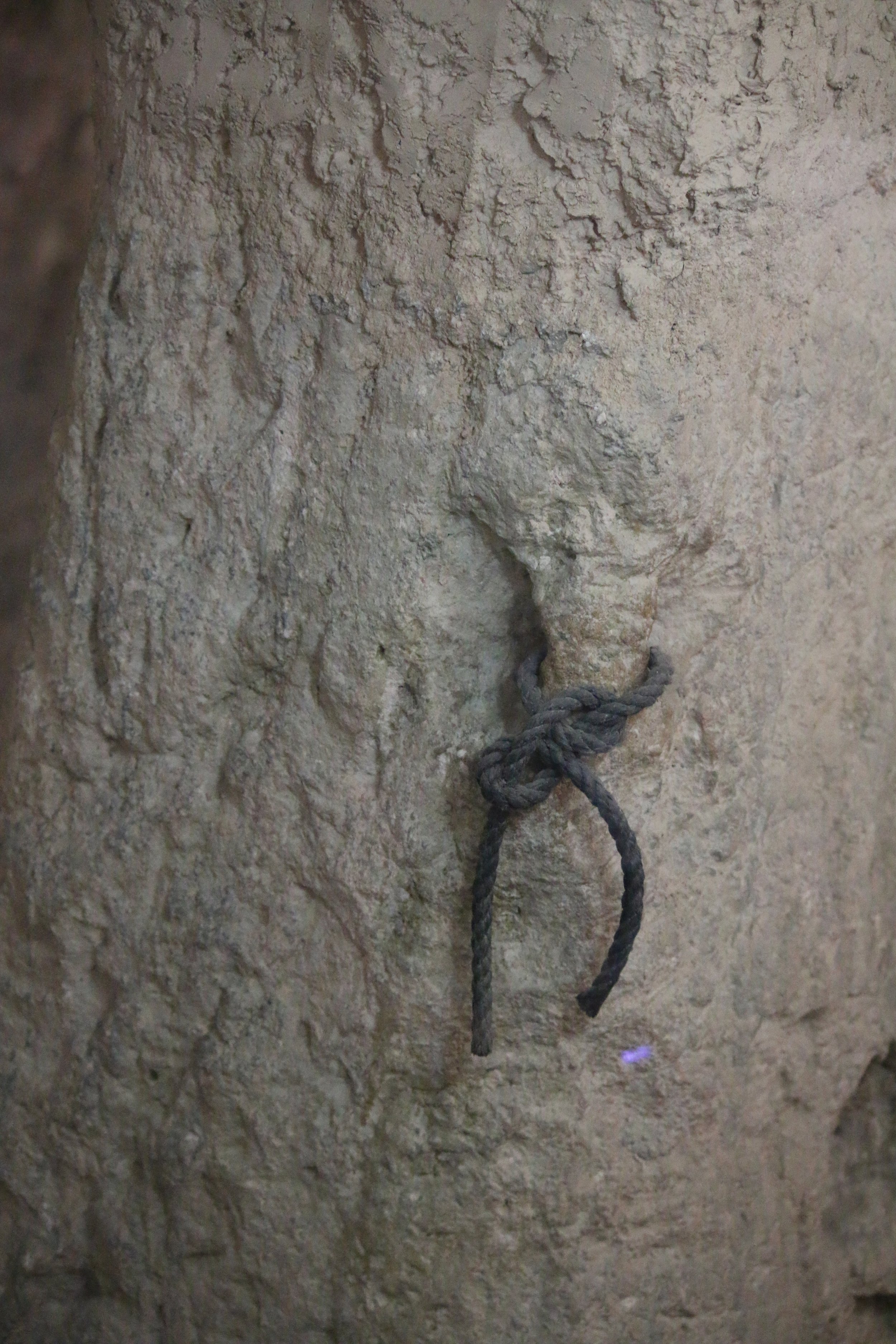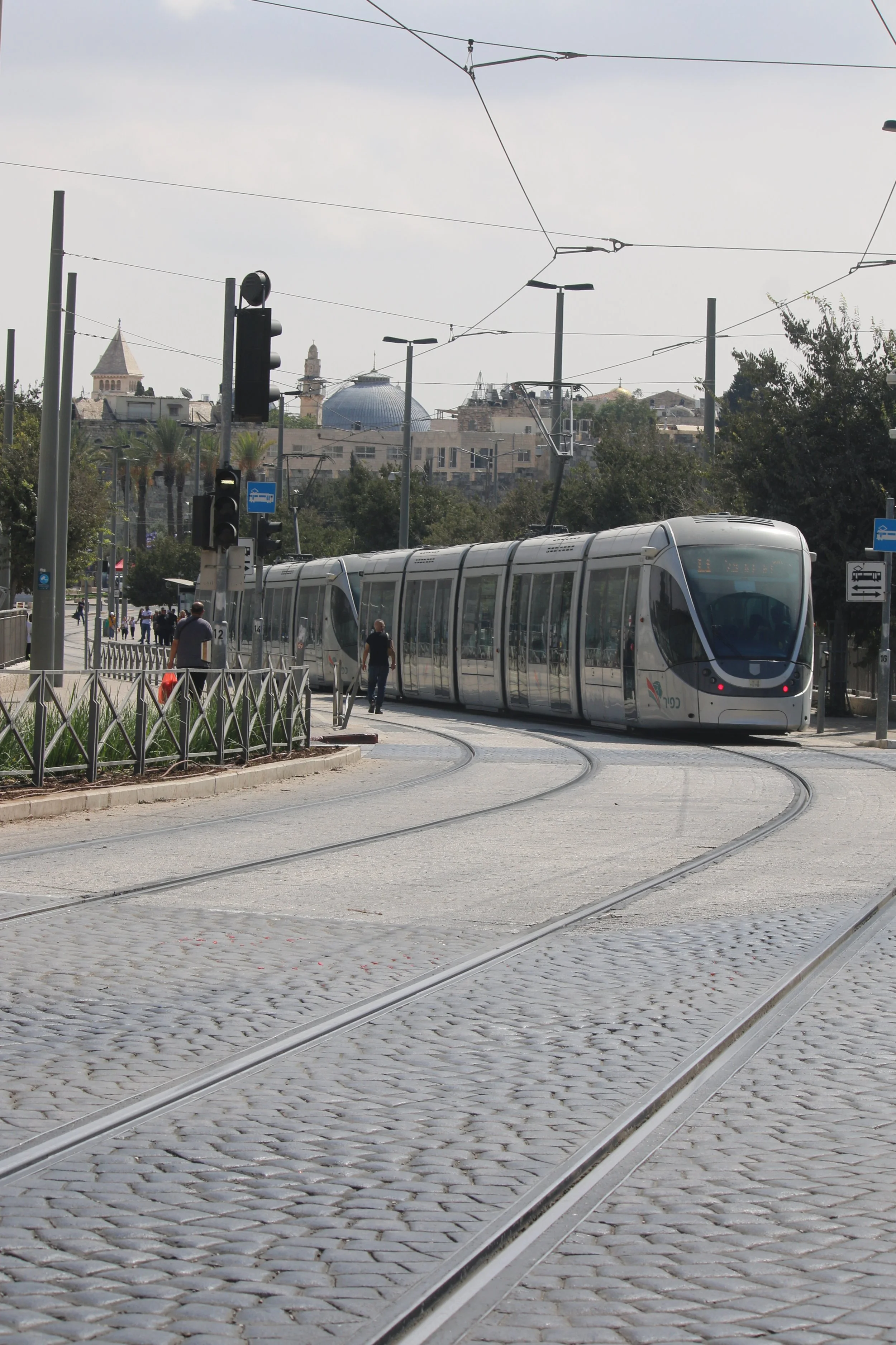A Very Long Walk And Room In The Tomb
Weary from the big day yesterday, I decided to hit the hay early and was just about to nod off when Deb came in. Thinking I was already asleep, her aim was to be as quiet as possible, turn off the light and tuck herself in without a peep. Unfortunately, the light switches in our hotel room are crazy (wired by either a madman or a practical joker) The chances are, the switch you choose -from the many - will operate the light that’s the farthest away from that switch. There were a series of rapid-fire clicks, after which, a part of the room would light up and then there’d be a deep sigh from Deb. This went on for quite a few minutes and until the room was lit up like a Christmas tree. So much for a subtle entry.
Vivienne in our group has brought her elderly mum, Linden, along on the trip. Linden has limited mobility and has availed herself of the services of the hotel’s wheelchair, which has definitely seen better days. With tyres barely covered in rubber and no suspension at all to speak of, it was a bumpy old, tooth~chattering ride along the uneven cobblestones for poor Linden!
Numero uno on our list today was a visit to the Pool of Bethesda, famous in the bible as a place where Jesus healed a paralysed man. If we had been hoping for a refreshing dip - maybe to swim a few laps- we’d have been sorely disappointed. The pool is a shadow of its former self and no longer in action as a swimming spot. It’s now a huge, impressive archaeological site, the rocky remains of this once mega- deep plunge pool containing bridges, windows and peepholes, had multiple viewing platforms and vantage points to explore.
Next up this morning, we would be walking the 14 stations of the Via Dolorosa; following the path Jesus took from the time he was handed his cross to carry, to the time he arrived at his crucifixion hill. It seemed we weren’t the only ones who had woken up with this plan today, with tons of people in clumps like ours, each with eyes and ears trained on their own mic’d up tour guide. It was an assault on the senses; our ears straining to pick Fadi’s dulcet tones from the many other guides’; all giving their own fun-fact-filled commentaries, in multiple different languages. Some groups were singing, some were chanting, others were weeping. Priests and miscellaneous, diversely robed individuals were wandering around with their flocks. There was an office set up near the entrance where you and your group, for a small fee, could rent yourselves a hefty wooden cross to carry. They were doing a roaring trade.
Each of the numbered stations of the Via Delarosa had a sculpture depicting what had happened there, 2000-odd years ago and it was quite moving to be walking the route towards Calvary. Steep in parts, the narrow roads were teeming with crowds, forced to part Red Sea-like; everyone pushed to the perimeters, against walls beneath bougainvilleas, holding their breath when a car would attempt to drive through without bowling anyone over.
Along the route we made a stop at the Church of the Holy Sepulchre, also known as the Church of the Resurrection, where the Via Delarosa culminates with the last 4 stations. Built in the 4th century, this elaborate, over decorated, basilica is said to be one of two possible locations for Jesus’ actual burial place.
Back in the time of the Crusades, in the 11th Century, no crusader could consider his journey complete unless he had prayed as a pilgrim at the Church of the Holy Sepulchre. Ever since, the pilgrims have been going nuts for this place. Several spots, inside its mosaic-covered walls, were attracting large queues of religious enthusiasts, (seemingly not deterred by Covid) hoping to bow down, pucker-up and kiss the stone. Upstairs there was also a sizeable line-up for a turn to climb into a small box at the foot of an altar, to pray. The verbose among the pray-ers were moved on if they tarried too long, by an unwaveringly zealous, keen-eyed official time-keeper with a poised stop-watch. This guy took his job very seriously, giving a swift tap-tap-tap on his table to signify their allocated slot was up and it was time to vacate the box thank you very much.
Jerusalem is a kind of feline paradise, home to a swag of cats and kittens that fend for themselves and roam the stony streets. Today we saw some tiny kittens playing in the grounds of the church, so cute and happy to co-exist with the madding crowds.
Jerusalem is a city of contrasting cultures and diversity- especially in the religious department - that make this metropolis so unique. A resident of the Old City himself, Fadi was well-qualified to lead us around inside its high walls, pointing out each of the separate quarters it is neatly divided into: the Christian Quarter, Muslim Quarter, Jewish Quarter and Armenian Quarter, all living side-by-side; each with its own code of dress and distinctive flavour. One minute you are on a street surrounded by long-bearded priests with high hats, beaded crucifixes and black robes, the next you are mingling with Muslims, veiled heads aplenty. Further still, round another bend it’s curls and kippahs and women in wigs.
Speaking of wigs, who knew wigs were such a huge commodity in these parts? (Probably lots of people but this was news to me). Apparently, it is customary for Jewish women to cover their heads when they are married. The head coverings (known as sheitels) come in all shapes and sizes but are mostly divided into 3 categories: funky hairnets that masquerade as berets; big blingy scarves that wrap around the head in a high beehive (and may or may not involve dangly sparkly bits) and thirdly, by far the most popular and less obvious category: the wig. Yes, wigs are everywhere. At first I was in the dark about this Jewish fashion statement (cum religious adherence), but since Deb started pointing them out we’ve become quite the experts, spotting them at a hundred paces and making a sport of it. (Tune in for today’s episode of Pick the Wig.)
It does seem like rather a loophole to cover your hair…with hair, so it looks like it’s not covered at all. Ingenious? One thing’s for sure, wigs are big business here and they’re not going anywhere. Just Google “sheitel “ and you’ll be gobsmacked at the choice.
In the Jewish Quarter, Jewish kids with boxes of ice cream, were singing and frolicking in the laneways. In the Armenian Quarter, people were queuing at carts for freshly made bagels and bright yellow date rolls. The city’s walls are topped with square turrets, just how a kid would draw a castle. We lunched at a cafe in the shadow of the Tower of David and run by the oldest Protestant church in Israel. it had delicious food and a great atmosphere and Dean ran into an old college friend, waiting tables to subsidise his work in biblical archaeology. Debbie struck up a friendship in the lunch line with a French girl who shared her name. This girl was a proud Deborah, convinced the meaning of her name: “bee” was a clue to her destiny. She had really run with this idea, pointing out her little bee earrings, she was dressed head-to-toe in black and yellow. She rebuked our Debbie for shortening her name, insisting that she embrace all 3 magnificent syllables of her moniker lest she deny her true self. Deborah gave Deborah her number and promised to be in touch.
While in the Old City, Fadi took us through an archway and up some stairs to the actual upper room, a favourite haunt for Jesus and his disciples and where they reclined at the table for the last supper. This was the very room where Jesus revealed that one of his close mates would stab him in the back and where they broke bread and drank wine for the for the final time together.
Our final destination this afternoon was the Garden Tomb, the second possible site where Jesus may have been buried. In stark contrast to the glitzy monument we visited this morning, this area was as close to being unspoiled as possible, given the passage of time that has passed. The garden was blooming with colourful flowers and fruit trees and volunteer, Ruth, from the UK, explained to us, in her cute Harry Potteresque accent, which evidence pointed to this being the very tomb, inside the vineyard of Joseph of Arimathea, that had housed Jesus’ body.
The tomb was smaller than I’d imagined and we all felt quite emotional to be able to go briefly inside. Groups of people were gathered in every corner of the garden, singing hymns and contemplating the events that happened 2000 years ago. Our group followed suit and had a hearty singalong followed by communion and a talk from Dean. It was quite moving.

























































































